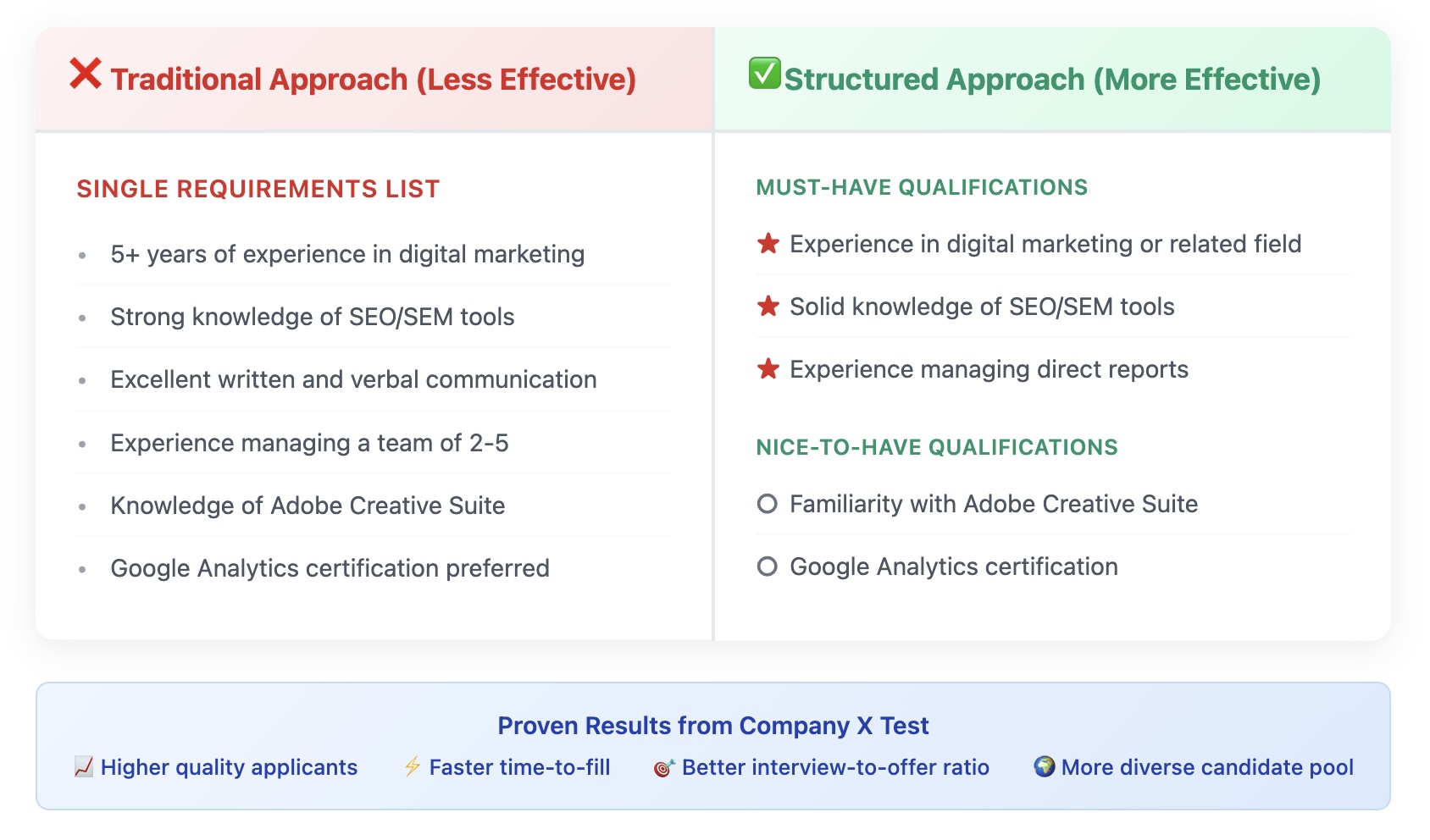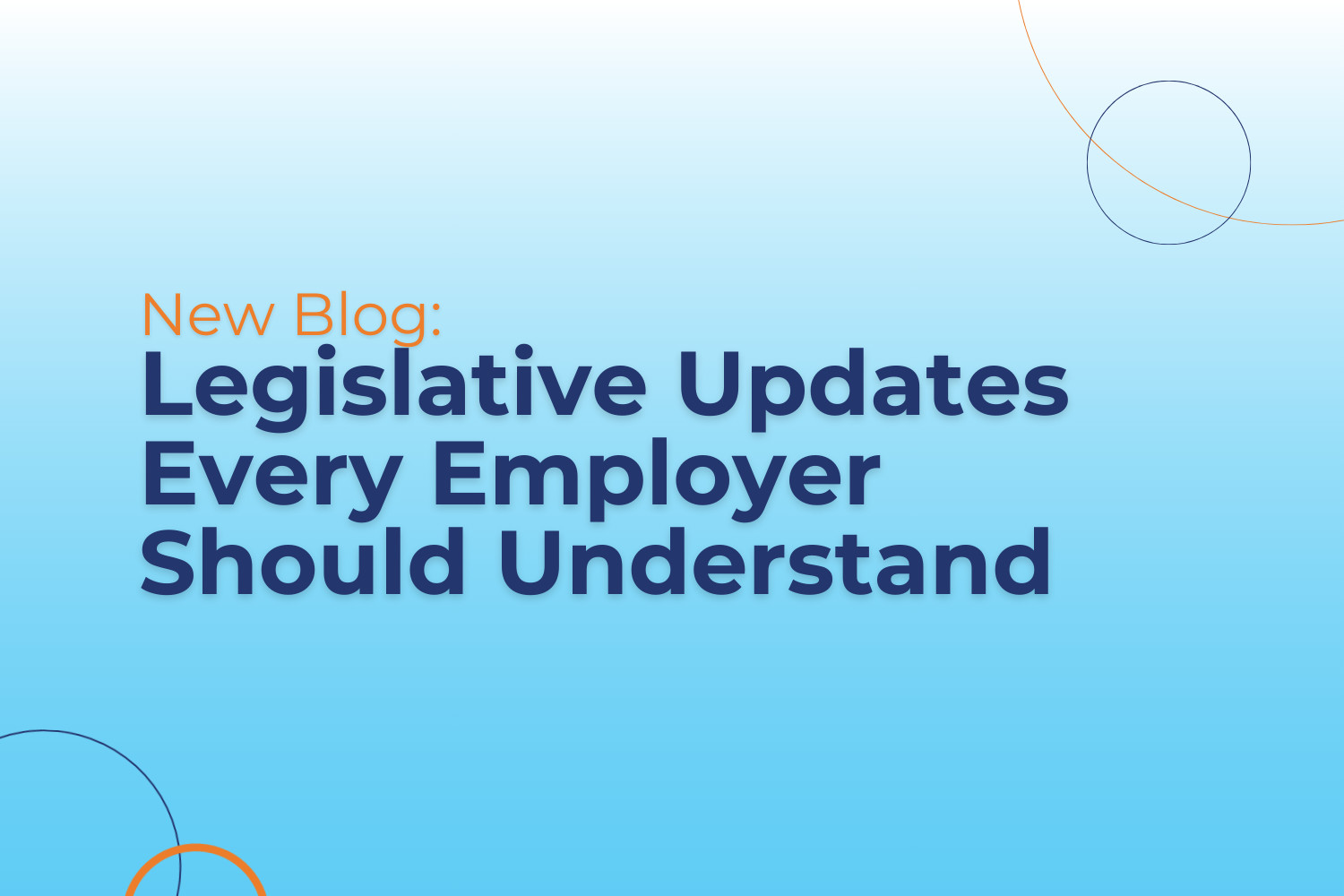Hiring the right talent is critical for any organization’s success. As an employer or hiring manager, one of the biggest decisions you’ll face is whether to fill open positions through internal recruiting or to seek talent externally. Both approaches offer distinct advantages and drawbacks, and choosing the right method can significantly impact your company’s efficiency, culture, and bottom line. Failing to choose the correct method of hiring the first time can result in expensive consequences and a delay in your team’s production.
At Professional Alternatives, we specialize in helping businesses make informed hiring decisions through expert staffing solutions. In this insight, we’ll break down the differences between internal and external recruiting, highlight the benefits and drawbacks of each, and guide you in determining the best approach for your business.
Understanding Internal Recruiting
Internal recruiting refers to the practice of filling job vacancies by promoting or transferring existing employees within the organization. This method leverages the company’s current workforce and prioritizes individuals who already understand the business’s culture, goals, and operations from day one of starting their new position.
Methods of Internal Recruiting
Companies can source candidates internally through several methods, including:
- Promotions and Transfers – Elevating employees into new roles or moving them across departments.
- Employee Referrals – Encouraging existing employees to recommend colleagues or acquaintances for open positions.
- Internal Job Postings – Listing job openings on the company’s internal portal or bulletin boards.
- Succession Planning – Identifying and preparing high-potential employees for leadership roles in advance.
Advantages of Internal Recruiting
Internal hiring presents several benefits, including:
- Cost Savings – Reduces expenses related to advertising, job boards, and recruiter fees. Having the ability to fill a role from within cuts out the middle man that comes with added expenses.
- Faster Hiring Process – Current employees that have current experience at the company require less time to onboard and adjust to a new position they may have already familiarized themselves with.
- Employee Retention and Morale – Candidates who believe they have the ability to advance past their current role show an increase in overall productivity. This provides career growth opportunities and boosts job satisfaction.
- Familiarity with Company Culture – Internal candidates already understand the organization’s values and operations, they are aware of the expected work environment and the teams they may transition to work with.
- Lower Risk of Poor Fit – The company has firsthand knowledge of the candidate’s performance and work ethic, rather than having to risk training a new hire that won’t fit within the company productivity expectations and overall culture.
Disadvantages of Internal Recruiting
While beneficial, internal recruiting has its limitations:
- Limited Talent Pool – Restricts hiring to existing employees, potentially missing out on fresh perspectives and different skillsets from those already actively employed at the company.
- Creates Other Vacancies – Filling one position internally may leave another vacancy that also needs to be filled. A domino effect of vacancies can occur causing a shift in several verticals rather than just the initial position.
- Potential for Internal Conflict – Employees who are passed over for a promotion may feel demotivated. Shifting the dynamics of well established teams can cause turbulence in a work environment.
- Stagnation and Lack of Innovation – Without new talent, the company may struggle to introduce fresh ideas and approaches. The concept of groupthink can decrease individual critical thinking and limit diverse perspective that promote growth.
Understanding External Recruiting
External recruiting involves searching for new talent outside the organization to fill open roles. This process expands the talent pool and enables companies to find candidates with unique skills and experiences that may not be available internally.
Methods of External Recruiting
Companies can hire externally through various strategies, including:
- Staffing Agencies and Recruitment Firms – Partnering with expert recruiters to source top talent efficiently.
- Job Boards and Online Postings – Advertising openings on platforms such as LinkedIn, Indeed, and company websites.
- Networking Events and Job Fairs – Connecting with potential candidates in person for a face-to-face interaction with active jobseekers.
- Social Media Recruitment – Leveraging LinkedIn, Facebook, and other platforms to engage with active and passive job seekers.
- Direct Outreach and Headhunting – Proactively reaching out to highly qualified candidates who may not be actively job searching.
Advantages of External Recruiting
Hiring externally brings several benefits to an organization, including:
- Access to a Larger Talent Pool – Putting feelers out past the walls of the company broadens the search beyond the existing talent within the workforce. Working with recruiters that have an established network of talent takes the time and stress out of searching on your own for new interviewees.
- Diverse Perspectives and Fresh Ideas – New employees can bring innovation and fresh approaches to challenges. Accepting outside opinions from new members can increase the output of an otherwise stagnant team.
- Fills Skill Gaps – Allows companies to find candidates with specialized skills that may not exist internally. Finding new hires that round out the needs of a team that might not otherwise be present.
- Competitive Advantage – Attracting top talent can help the business stay ahead of competitors, while also keeping a pulse on the type of talent that is seeking to reposition or relocate.
Disadvantages of External Recruiting
Despite its advantages, external recruiting comes with potential drawbacks:
- Higher Costs – External hiring can be more expensive due to job advertising, recruiter fees, and background checks.
- Longer Hiring Process – Finding and vetting external candidates takes time.
- Increased Risk of Poor Fit – New hires may not integrate well with the company culture or meet expectations.
- More Training Required – External hires typically require onboarding and training before becoming fully productive.
How to Decide Which Approach is Best for Your Business
Deciding between internal and external recruiting depends on your company’s immediate and long-term hiring needs, budget, and growth strategy. Internal recruiting is a great option when a company wants to fill a position quickly, retain top employees, and utilize individuals who already understand the company’s operations. However, it may not be the best choice if specialized skills or fresh perspectives are required.
On the other hand, external recruiting is ideal for organizations seeking to bring in new expertise, diversify their workforce, and expand their capabilities. While it can be more costly and time-consuming, external hiring ensures access to a broader talent pool and can help fill skill gaps that do not exist within the company. Ultimately, many organizations find that a balanced approach—leveraging both internal promotions and external hires—provides the best results for long-term success.
Partner with Professional Alternatives for the Leading Hiring Solutions
Ultimately, the decision between internal and external recruiting is not one-size-fits-all. The right approach depends on your company’s unique goals and circumstances. Many businesses find that a balanced strategy—leveraging both internal promotions and external hires—yields the best results for everyone involved.
Collaborating with a staffing agency like Professional Alternatives can be a game-changer. Our team of expert recruiters specializes in sourcing highly qualified candidates tailored to your needs, ensuring you make the best hiring decisions for your business.
If you’re interested in exploring the external recruiting method for your team, partner with our experienced headhunters at Professional Alternatives to take the stress out of searching for new talent. Contact us today to discuss your hiring needs and discover how we can help you build a stronger, more dynamic workforce.











